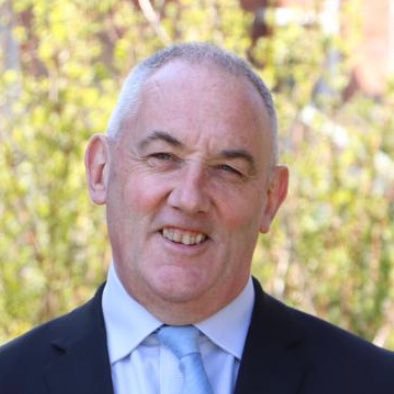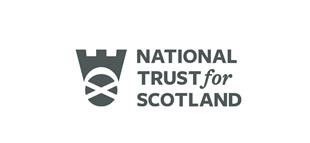Maritime cliff and slope occurs on sea braes or cliffs on hard rocky substrates and is defined as vegetation which is influenced by salt spray. It hosts colourful plants such as Thrift, Sea Campion Scot’s Lovage and Purple Milk-vetch and can be either grassy, heathy or bare rock with lichens and scattered herbs. This is where most of our seabird species nest including Fulmar, Kittiwake, Guillemot and Gannet. Scotland’s long coastline with many islands and position in the north-west Atlantic make it one of the more important countries in Europe for this habitat.
Action Needed
- Encourage NatureScot to take a lead role in seabird biosecurity, by funding local biosecurity equipment hubs, so that seabird island managers can react to incursions of non-native mammals, such as rats, that can decimate seabird colonies.
- Tackle climate change so that our seabird colonies can survive. In recent years most of our seabirds have failed to breed in reasonable numbers as they struggle to forage for food in our warming seas due to prey (particularly sand eels) migrating north. Kittiwake has been particularly badly affected.
- Place good environmental health at the heart of decision-making to tackle the twin climate and biodiversity crises, in particular with regards to fishing policy, offshore wind farm planning policy and climate change policy.
- Set legally binding targets for nature recovery.
- Promote Scotland’s unique coastline habitats and seabirds to encourage eco-tourism, stimulating local tourist economies and raising awareness of the need to combat the impacts of climate change and biodiversity loss.
Threats
- The main threat to this habitat is climate change. The globally important seabird populations that breed on this habitat in Scotland are struggling to find food and have therefore failed to produce offspring in many recent years. This is because key prey items such as Sand Eels are found in reduced numbers around Scotland as the sea warms and they move further north.
- Fishing policy needs to be sustainable in relation to the impact on seabird populations, particular the sand eel fishery. Sand eels are a keystone species on which much of the marine ecosystem is reliant including many seabirds.
- Biosecurity is a key threat we can do something about easily. Non-native species such as rats, mink, mice or stoats – the latter two of which are native on the Scottish mainland and some islands- can occasionally stow away in boats and reach isolated island seabird colonies. When they do they can predate seabird chicks and eggs and severely reduce the seabird population. NatureScot can work in partnership and help support conservation eNGOs by financing biosecurity equipment hubs to be deployed to tackle incursions of non-native mammals on seabird islands, particularly rats.
- Tourism can have a positive impact on seabird colonies as it raises awareness and appreciation for our wild nature and the impact of climate change. Visitors to seabird colonies help protect some species such as Puffins from aerial predators such as Great Skuas, which are deterred by human visitors. Many of our seabird colonies have several tens of thousands of visitors every year, helping sustain the local tourism economy and providing positive visitor experiences,. For example St Abbs Head in Berwickshire, Staffa and Canna in the Inner Hebridees and the Scottish Seabird Centre at North Berwick.
- Offshore wind farm development is a new and emerging threat for Seabirds. Research is required so that we can understand and minimise the impact of these developments on seabird species (eg collision, displacement and barriers to feeding grounds). Recently it was found that higher turbines reduce the risk of seabird collisions for example. More research will help reduce any negative impacts further.
MSP Nature Champion




